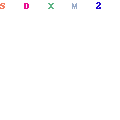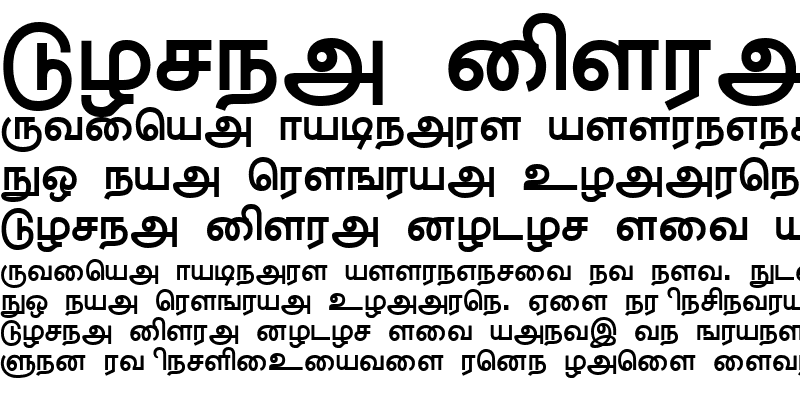


3.14 Kantaḷāy Chola Lankeswaran inscription, Trincomalee.3.13 Four short inscriptions from Siva Devale No.3.12 Three fragmentary Chola inscriptions from Siva Devale No.3.11 Three fragmentary Chola inscriptions from Polonnaruwa.3.9 Two fragmentary Chola Inscriptions from Kayts Fort, Jaffna.3.8 Slab inscription of Rajendra Chola I from Trincomalee Fort.3.7 Pathirakali Amman temple inscription of Rajendra Chola I, Trincomalee.3.6 Tirukketisvaram inscriptions in the reign of Rajendra Chola I, Mannar.3.5 Tirukketisvaram inscription in the reign of Rajaraja I, Mannar.3.4 Padaviya inscription of the reign of Rajaraja I.3.3 Kielekadawala Siva kovil inscription of Rajaraja I, Trincomalee.3.2 Koneswaram inscription of Rajaraja I, Trincomalee.3.1 Nilaveli Slab Inscription in the reign of Rajaraja I, Trincomalee.2.5 Two slab inscriptions from Hindu ruins, Anurādhapura.2.4 Nānkunāṭṭār Tamil Buddhist Inscription from Anurādhapura.2.3 Pankuḷiya Tamil Buddhist inscription, Anurādhapura.2.2 Ruvanvalisaya Tamil Buddhist inscription, Anurādhapura.2.1 Abhayagiriya Tamil Buddhist inscription, Anurādhapura.2 Late Anurādhapura period (8th–9th centuries AD).

TRINCO NORMAL TAMIL FONT FREE FULL
In the fourteenth century, a record inscribed in Sinhala on the walls of the Lankatilaka Temple was provided with a full Tamil translation on the same walls, as if setting an example to future rulers of the country. Where necessary, Sinhalese kings or other authorities used the Tamil language for their epigraphic records. "The status of the Tamil language in the Sinhalese kingdom in the pre-colonial period would be an eye-opener to many. The longest Tamil inscription in the island is from the Lankatilaka Vihara, for which historian K. Most inscriptions are of a Hindu or Buddhist nature, or record the exploits of merchants, soldiers, officials and kings.

Out of the Tamil rulers, almost all surviving inscriptions were issued under the occupying Chola dynasty, whilst one stone inscription and coins of the Jaffna Kingdom have also been found. The vast majority of inscriptions date to the centuries following the 10th century AD, and were issued under the reigns of both Tamil and Sinhala rulers alike. Tamil inscriptions in Sri Lanka date from the centuries before Christ to the modern era.


 0 kommentar(er)
0 kommentar(er)
